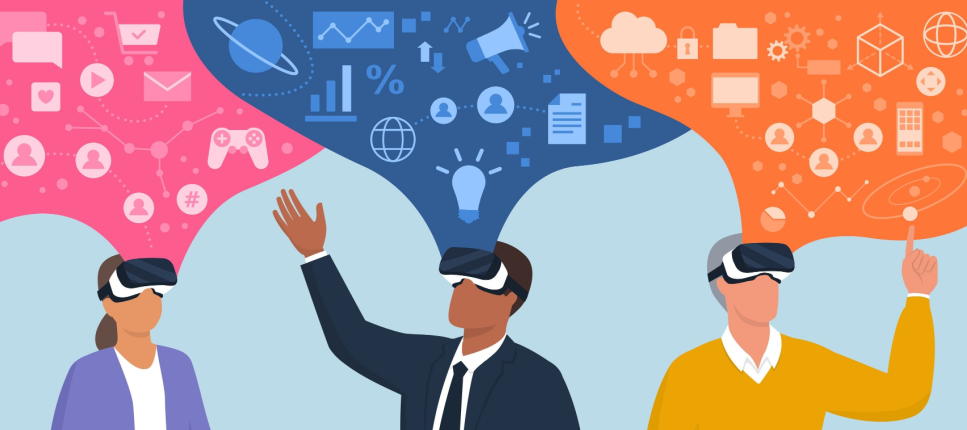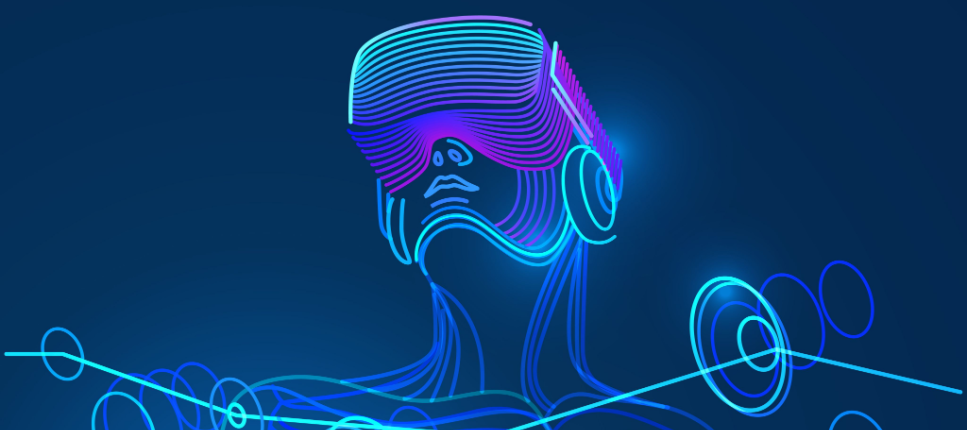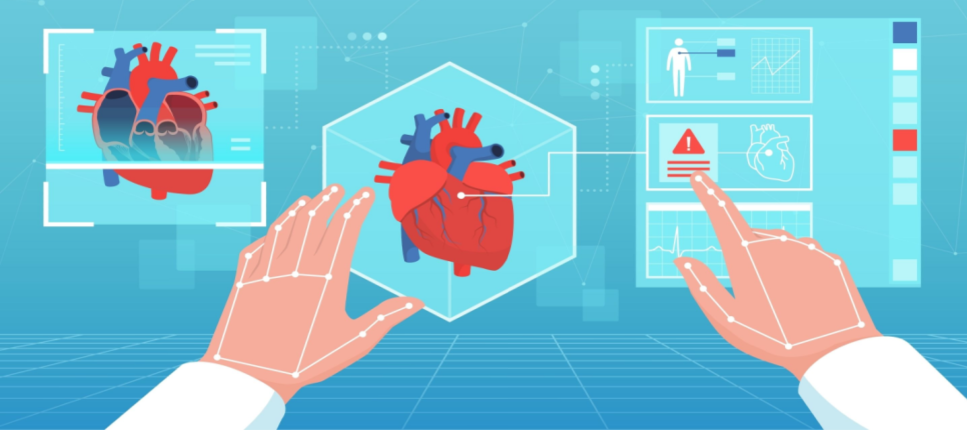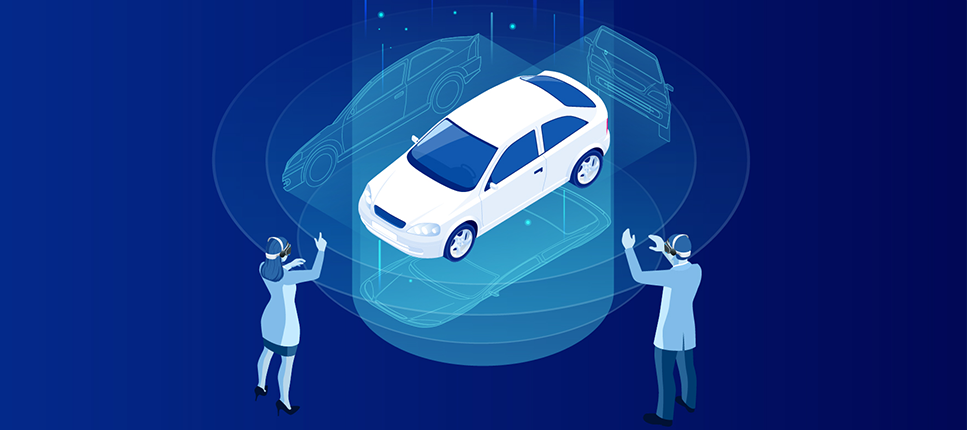Virtual reality for pain management
Virtual Reality (VR) is a fascinating technology that allows the user to be transported into a synthetic world they perceive as real and in which they can move and interact. The impressive potential of VR goes far beyond entertainment. As it evolves rapidly and becomes more accessible, it will stand out as a highly prized technology of the future in many fields, including medicine. It has its place as a simulation training tool and as a safe and effective therapeutic device to treat or complement the treatment of various types of health problems, including pain management. Here is where we stand in terms of applications and what we know about the effectiveness of VR for acute and chronic pain and pain anxiety.










